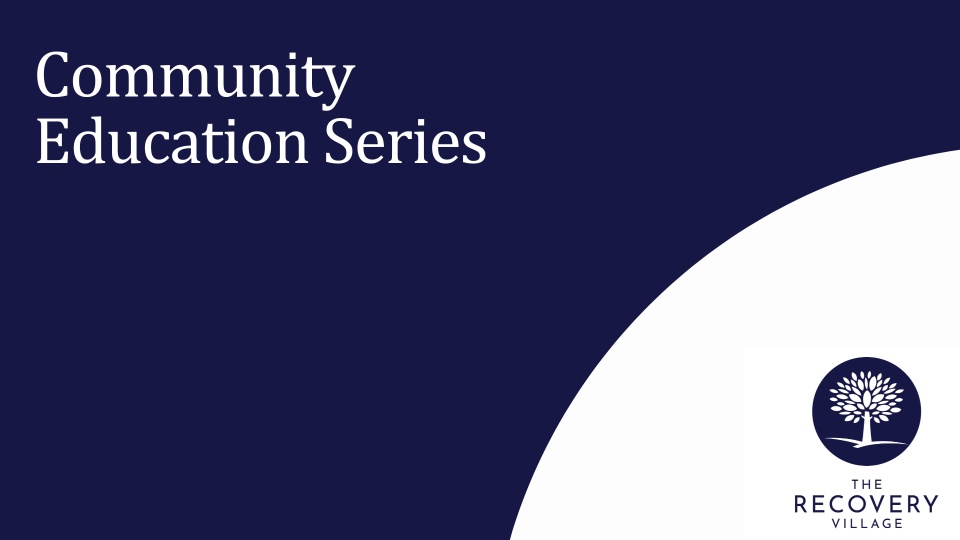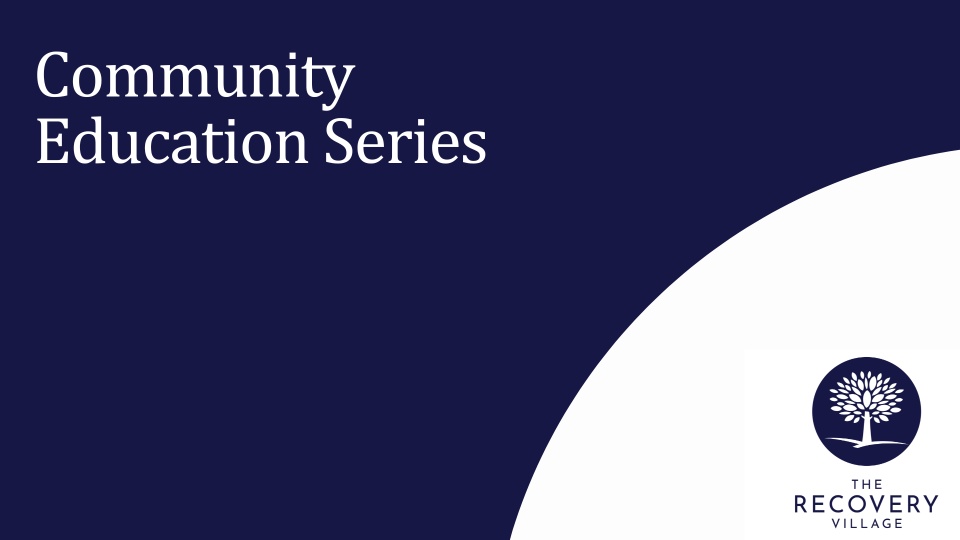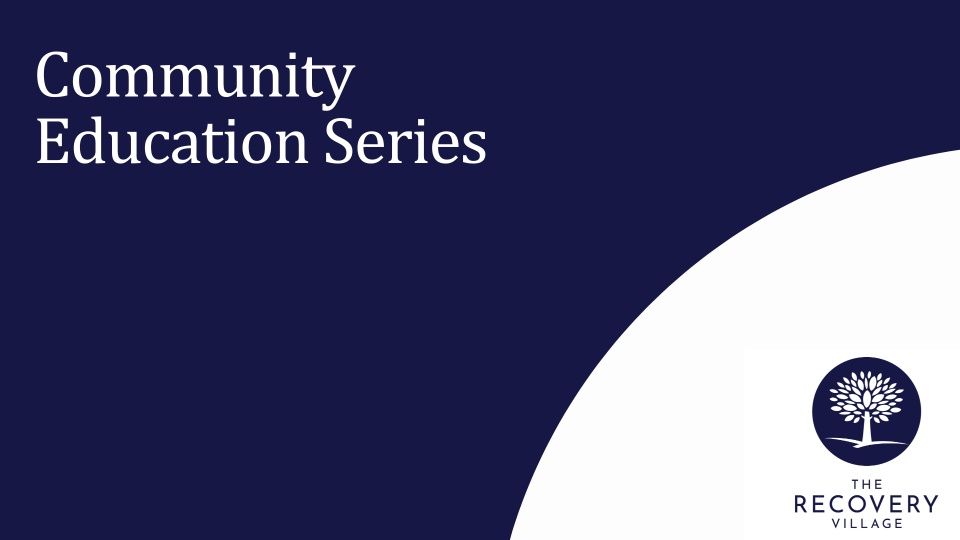Estimated watch time: 54 mins
Available credits: none
Objectives and Summary:
Johanna Leal continues her in-depth discussion of effective communication building blocks in the third part of her four-part series on motivational interviewing (MI). In this session, Johanna provides examples of using the four processes of MI strategy to help mental health care professionals have deeper conversations with clients that help create trust, understanding and long-lasting change.
After watching her presentation, the viewer will be able to:
- Name the four processes of MI strategy, how they’re used and why they’re important.
- Understand what’s needed to begin an effective conversation and prevent communication from falling apart.
- Reflect on a real-life example of what happens when MI strategies are not used and the practitioner/client relationship is essentially irreparable.
- Avoid communication missteps and create better foundations of empathy and understanding.









